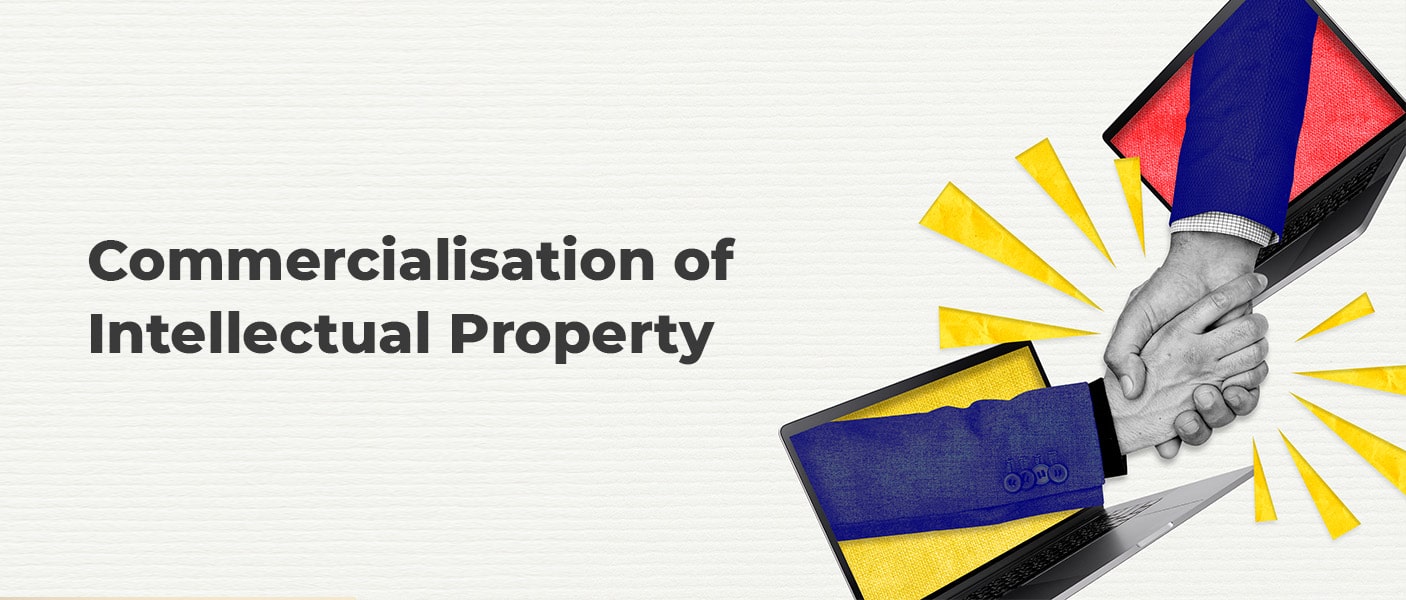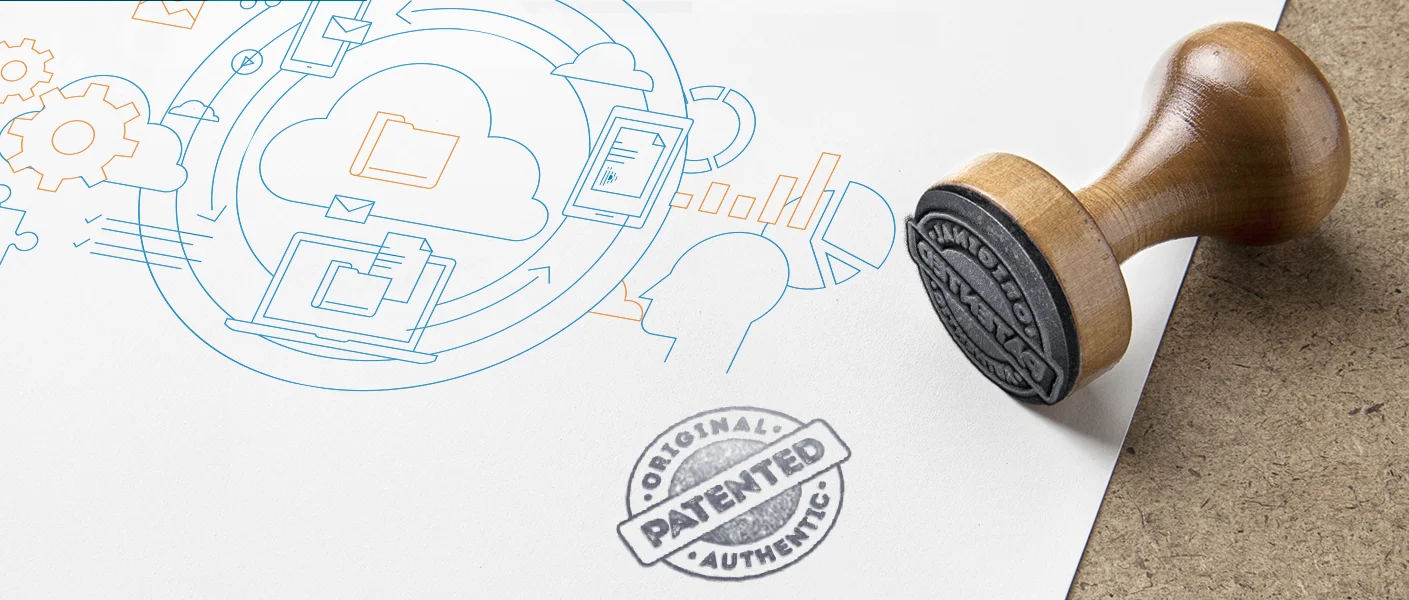Intellectual Property Commercialization: A Brief Guide for Effective Implementation
October 26, 2024 By Shyam ParmarA man with a vision to revolutionise mobile phone technology came up with the idea to create the world’s first compact and affordable touchscreen phone. The man turned his idea into a commercialised product, and today his created company is one of the world’s top companies.
The company is none other than Apple, and the man we are referring to is Steve Jobs.
But could Apple have become such a big name without preventing its innovation and technologies, or even stopping the commercialisation of their intellectual property? The answer would be no.
Intellectual property commercialization is a crucial process that enables turning products and services into commercially feasible products. This process allows organisations or individuals to transform their innovations into profitable ventures. Let’s dive deep into this article and understand the essential steps and strategies involved in turning ideas into profitable ventures.
Steps Involved:
Market Analysis & IP Audit
The process of intellectual property commercialization starts with market analysis and IP audit. Analysis of the market involves the assessment of the demand for a product or service based on existing market trends, competition, and customer needs. Analysing market demands is crucial for identifying potential opportunities and understanding the right positioning for the effective implementation of IP rights.
While IP Audit involves a comprehensive review of the existing IP assets. With IP Audit you can identify what Intellectual Property can be commercialised and is also available for commercialisation. IP Audit helps determine its present value and recognises the cracks and gaps that can hinder its protection. Together, these two steps lay the foundation of successful commercialisation strategy measures.
Safeguarding Intellectual Property
After understanding the market landscape and identifying the IP assets, the next crucial step is to protect these assets for the commercial use of intellectual property. Registering IP rights is important and can be achieved in these ways:
- Patents: A legal framework that protects inventions and processes, granting exclusive rights for a limited period.
- Trademarks: Protects brand name and logo, ensuring a unique identity for the brand and enabling consumers to identify the source of products.
- Copyrights: A legal framework that safeguards original work of authorship like literature, music, movies, and software.
- Industrial Designs: Guard the aesthetic aspects of products, ensuring that the unique design is protected.
Organisations must consider international protection mechanisms to secure their IP rights in global markets.
Non-registerable Intellectual Property
It’s important to note that not all IPs can be registered. For example, Trade secrets and know-how documents; require different protection strategies. For the protection of such non-registerable IPs, organisations must implement non-disclosure agreements (NDAs) to safeguard the leakage of sensitive information to unauthorised parties.
Commercialization through Contractual Agreements
These legal frameworks help lay the groundwork for the design, production, and delivery of a product or service by establishing terms & conditions. These agreements help facilitate the transfer and licensing of IP rights while ensuring that the interests of both parties are protected in Intellectual property commercialization.
- Non-Disclosure Agreement(NDA): Binds both parties into a confidential relationship, ensuring the safe exchange of sensitive information.
- Assignments: Contract that enables transfers of rights and responsibilities from one party to another.
- License: This agreement allows one party to use another party’s IP under specified conditions.
- Cross-Licensing: A legal agreement enables two parties to license and share each other's IP.
- Technology Transfer Agreement (TTA): Facilitate the sharing of technology, IP, and technical know-how between organizations.
- Joint Ventures: An agreement where two or more parties pool resources for specific projects.
- Franchise: A business agreement that allows a party to expand using a proven business model and brand.
- Mergers and Acquisitions: A legal agreement that allows the transfer of ownership of a company to another company.
Case Studies
Numerous case studies are available to demonstrate successful intellectual property commercialization. Here are a few suited examples.
1. Shopify: An e-commerce platform that enabled millions of users to sell their products across the globe.
2. IBM: A leading multinational technology corporation that provides services including cloud computing, blockchain, servers, and artificial intelligence.
Conclusion
In conclusion, Intellectual property rights and business go hand-in-hand. For successful implementation of intellectual property commercialisation, conducting comprehensive market analyses, and protecting IP through registration by utilizing various contractual agreements, organisations and individuals can transform their innovative ideas into assets.





